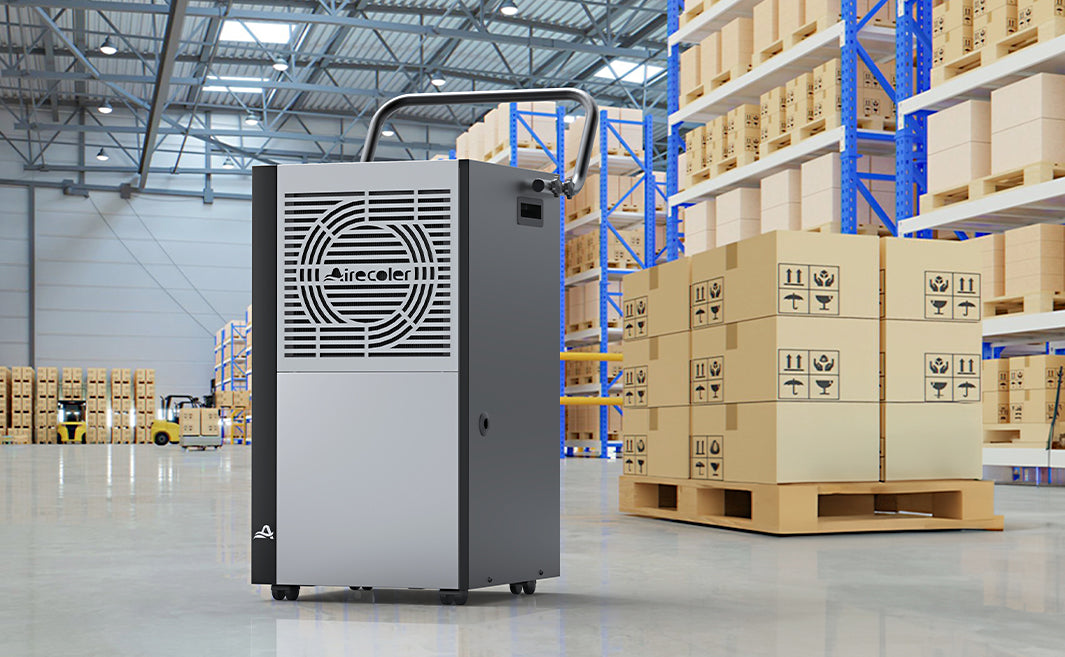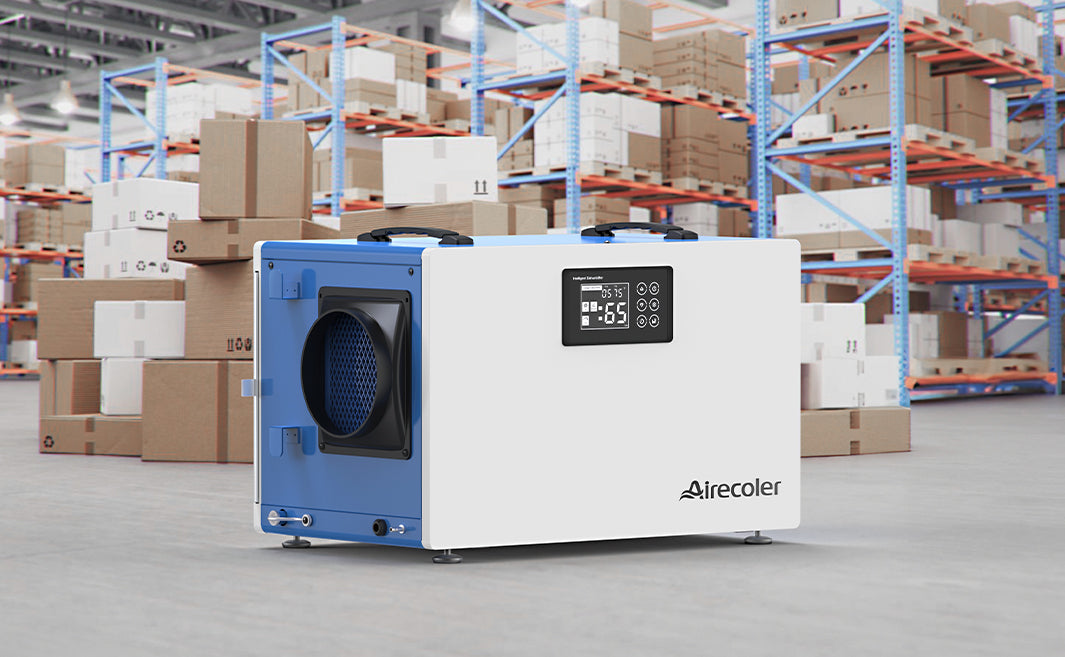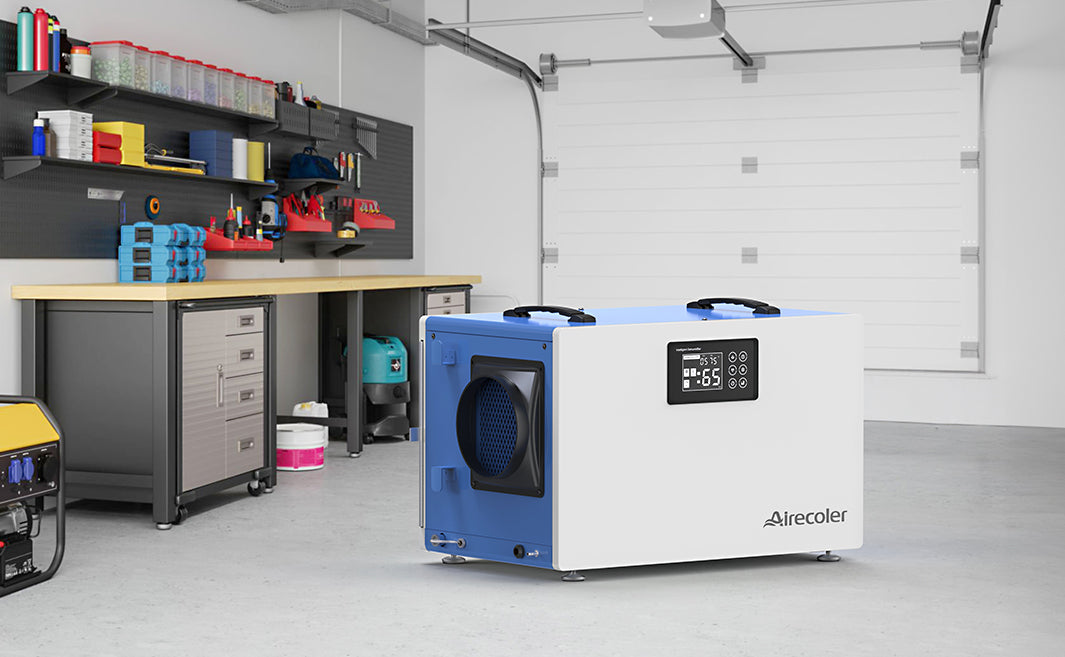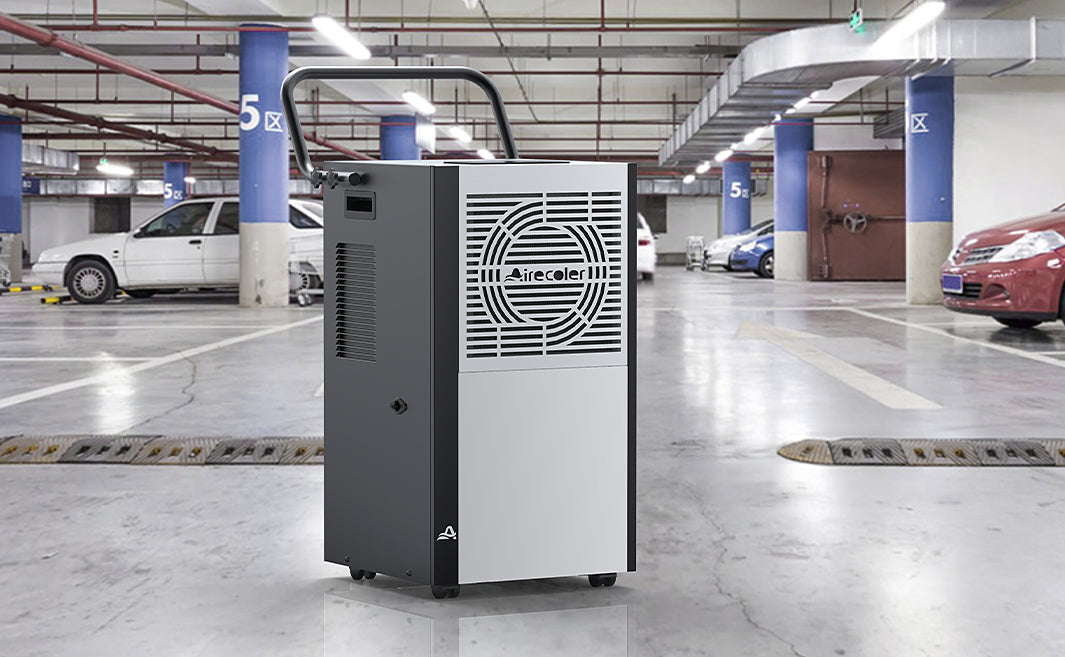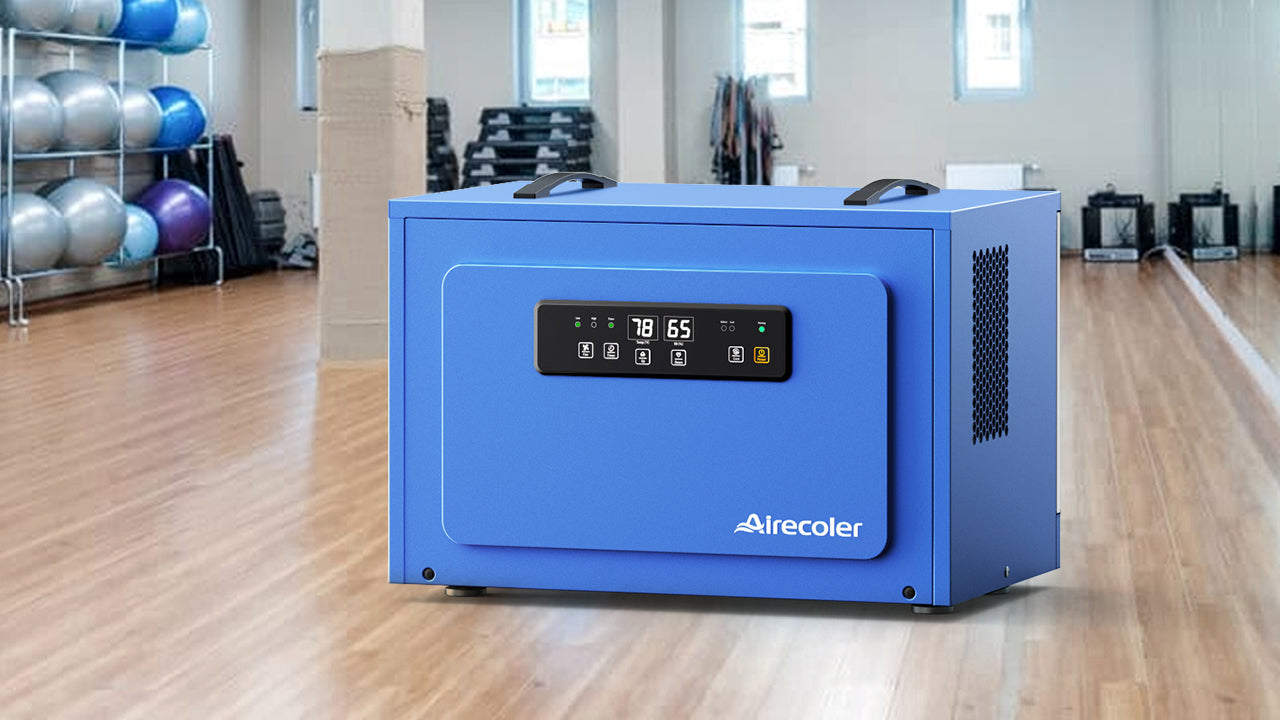Airecoler Team
April 9, 2025
The Essential Role of Dehumidifiers in Effective Product Storage and Protection
Humidity control is essential for protecting inventory and ensuring product quality in storage environments. From delicate materials to industrial components, maintaining an optimal humidity level can prevent damage, extend shelf life, and reduce costly losses.
Why Humidity Control Is Essential
Prevents Product Degradation
In storage facilities, products such as textiles, electronics, and food items are highly susceptible to humidity-related damage. Excess moisture can cause textiles to mold, electronics to short-circuit, and food products to spoil. By using a dehumidifier, you can maintain an ideal humidity level, thereby protecting the integrity of your products and extending their shelf life.


Reduces Operational and Replacement Costs
When moisture damages goods, businesses face replacement expenses, increased labor, and potential customer dissatisfaction. A dehumidifier mitigates these risks by proactively preserving product quality and minimizing losses due to environmental conditions.
Supports Regulatory Compliance
Industries such as food storage, pharmaceuticals, and electronics must meet strict environmental standards. Effective humidity control with a commercial dehumidifier helps meet these regulations while ensuring storage conditions remain safe and compliant.

Choosing the Right Dehumidifier for Storage Needs
Assess the Space and Coverage Area
Every storage area varies in size and layout. Choosing a dehumidifier with sufficient square footage coverage ensures even moisture removal across the entire space, preventing hot spots and moisture buildup in corners.

Look for Energy-Efficient Features
Models using R32 refrigerant, 24-hour timers, and auto-defrost functions help reduce energy use while maintaining powerful dehumidification. These features also lower long-term utility costs and enhance sustainability.
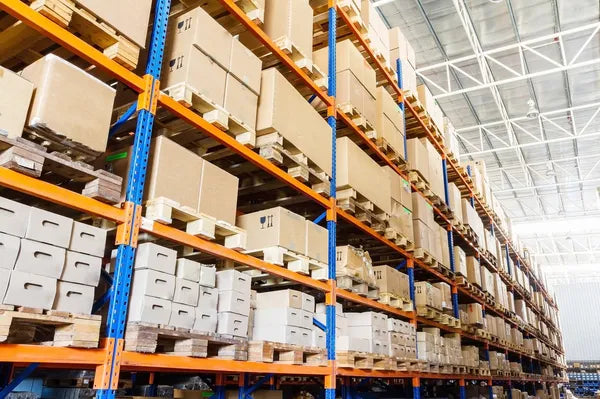
Drainage System Type Matters
For continuous operation, built-in pumps or gravity drainage systems allow for seamless moisture removal without constant manual emptying. This is especially useful in storage areas with limited access or long operational hours.
Best Practices for Maintaining Ideal Storage Conditions
Monitor Humidity with Sensors:
Installing humidity sensors or using built-in hygrometers allows for accurate monitoring and control. This ensures your dehumidifier is operating efficiently and adjusting to seasonal changes or climate shifts.
Position the Unit for Maximum Airflow:
Placing the dehumidifier in a central location or near areas prone to dampness allows for better airflow and more effective moisture extraction. Avoid blocking vents or placing units too close to walls or goods.
Maintain the Unit Regularly:
Routine maintenance like filter cleaning, hose inspection, and checking pump operation helps prevent malfunctions and extends the lifespan of the dehumidifier, ensuring reliable performance year-round.
By controlling humidity levels, you can protect product integrity, prevent mold growth, and improve air quality while enhancing energy efficiency. With the right humidity management solutions, you can ensure that your stored goods remain in optimal condition, ultimately leading to increased customer satisfaction and reduced costs.

